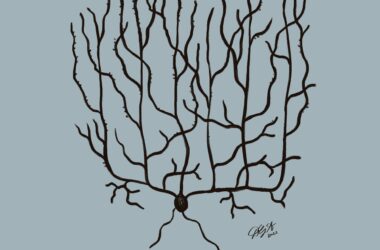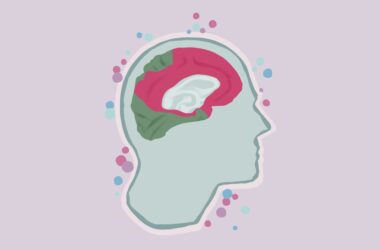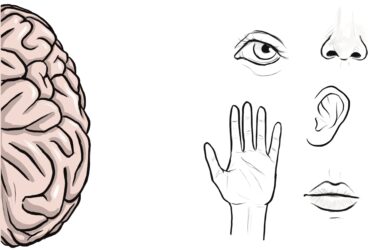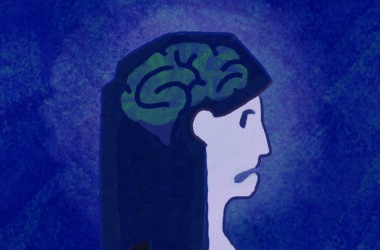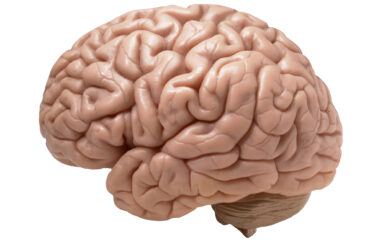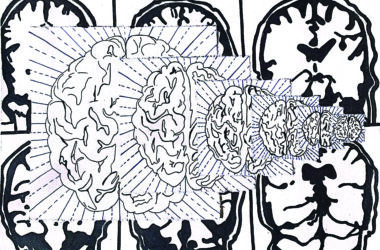Recent advances in molecular biology techniques are bringing new insights into complex diseases. These insights extend to spinocerebellar ataxias (SCAs), a group of progressive neurodegenerative disorders characterized by the deterioration of the cerebellum—a brain structure critical for balance and movement coordination. In 2019, between 30 and 48 per cent of[Read More…]
Tag: brain
Human Cognition: Moving away from the brain
Long before Francis Schmitt coined the term “neuroscience” in 1962, scientists have been interested in demystifying the secrets of the human brain. Although neuroscience primarily focuses on the functions of the cortex—the outer layer of the brain— researchers have begun to highlight the importance of more primitive brain anatomy: Namely,[Read More…]
Neuroscience myths and facts: Alcohol and the spectrum of human senses
If you are as curious as the rest of this Tribune special issue, then this article will hopefully answer some of your burning questions about two topics that merge neuroscience and student life seamlessly: Alcohol and human senses. In this second round of myth debunking in our Neuroscience myths and[Read More…]
Neuroscience myths and facts: What is going on up there?
Several regions of your brain, such as Wernicke’s area and the left temporal region, are currently hard at work as you read this Tribune article. With its approximately 86 billion neurons, the adult human brain fascinates not only neuroscientists, but all sorts of individuals, including students, artists, and writers. This[Read More…]
Unlocking the brain’s potential through neuroplasticity and amblyopia treatment
The term ‘neuroplasticity’ never fails to incite intrigue. It involves structural and functional transformations within the brain as a way to adapt, often in response to interactions with the environment. Over the past decades, the concept of neuroplasticity has gained substantial traction in neuroscience, offering novel insights and opening up[Read More…]
Call off the search for a “normal” brain
A “normal” brain—also termed “neurotypical”—has long been used in cognitive science research as a benchmark for brain activity comparisons. But this distinction between brains actually limits neuroscience research and has long escaped the notice of experts. Jakub Kopal, a postdoctoral fellow in neuroscience at McGill, researches the effect of genetic[Read More…]
Leading Canadian neurosurgeon recommends ban on body checking in hockey until age 18
In light of the revelation about the mishandling of Miami Dolphins quarterback Tua Tagovailoa’s concussion, conversations about the role of concussions in many sports, especially youth hockey, have been reinvigorated. Dr. Charles Tator, a prominent Canadian neurosurgeon, Order of Canada recipient, and director of the Canadian Concussion Centre (CCC) at[Read More…]
Exercise in a pill for those with rare movement disorders
Spinocerebellar ataxia type 6 (SCA6), a rare neurodegenerative disorder, is characterized by severe, progressive movement and balance issues. It is associated with low levels of a neural molecule called brain-derived neurotrophic factor (BDNF), which guides the growth and maintenance of brain cells and overall plasticity. SCA6 affects one in 100,000[Read More…]
Honey, I shrunk the brains!
Aging is one of the few truly universal experiences, yet it is one of those things that no one really looks forward to. Along with visible signs like wrinkles and grey hair, however, comes a more insidious and harder-to-combat symptom: The decline of brain function. But according to a new[Read More…]
Mapping behaviour using genetic biomarkers
What if you could visibly lay out your entire genome sequence in front of you and see almost everything that explains who you are, from your eye colour to whether you’re an introvert or an extrovert? If this were true, we look at someone’s genes and calculate whether they will[Read More…]
